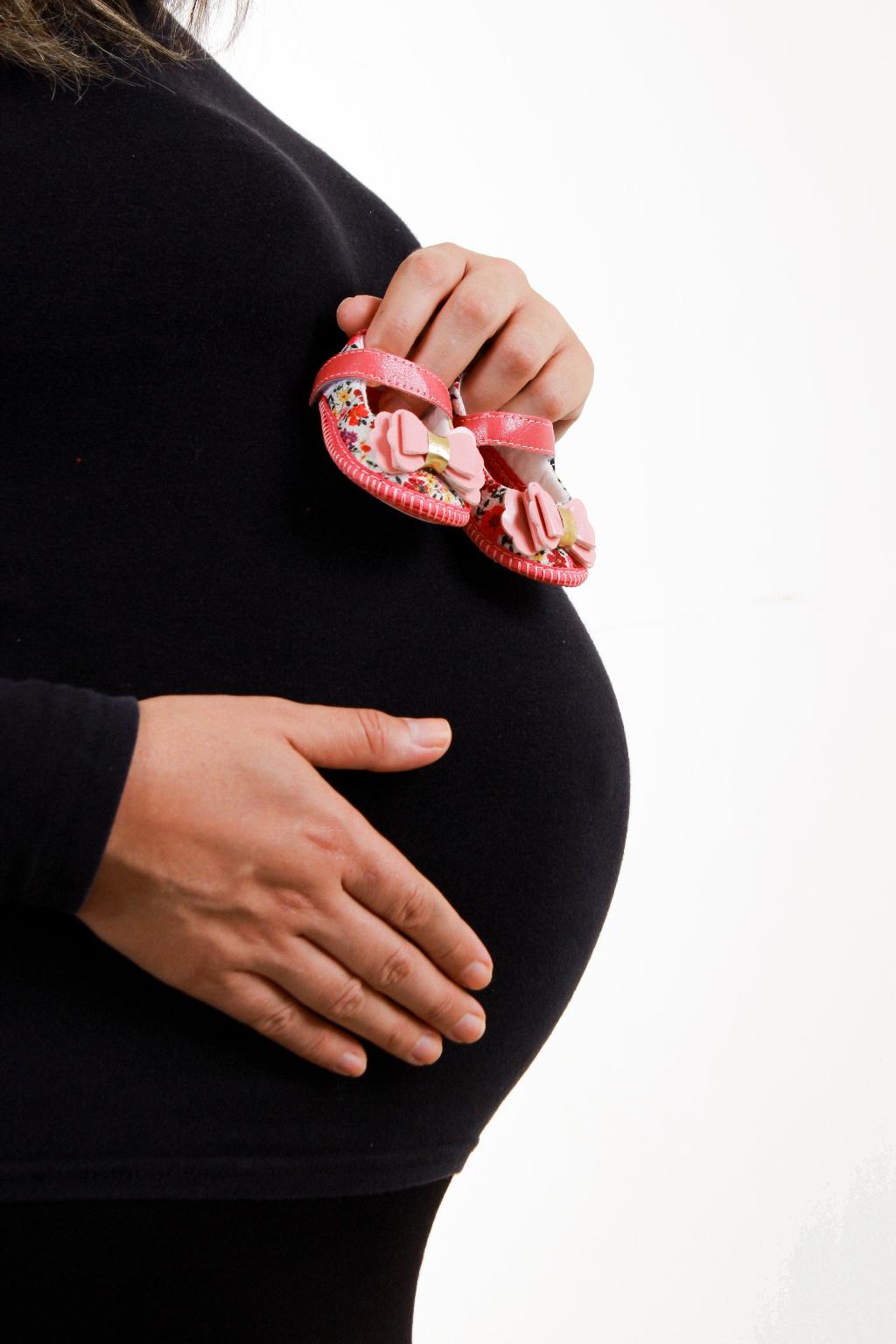During pregnancy, it is crucial to monitor the growth and development of the fetus to ensure a healthy outcome for both the mother and the baby. One condition that requires special attention is Intrauterine Growth Restriction (IUGR), which refers to a situation where the fetus does not reach its full growth potential while in the womb. Understanding the leading cause of IUGR is essential for early detection and management of this condition.
Inadequate Maternal-Fetal Circulation: A Primary Cause of IUGR
One of the primary reasons for IUGR is inadequate maternal-fetal circulation. This means that there is a decrease in the flow of blood and nutrients from the mother to the fetus, resulting in restricted growth. Poor circulation can occur due to various factors such as maternal hypertension, preeclampsia, or maternal smoking, all of which can impact the blood flow to the placenta and ultimately affect fetal growth.
Other Contributing Factors to IUGR
While inadequate maternal-fetal circulation is a common cause of IUGR, there are other factors that can contribute to this condition. Intrauterine infections such as cytomegalovirus and rubella have been linked to IUGR as they can affect the placenta and disrupt fetal development. Additionally, certain genetic conditions such as trisomy 21 and trisomy 18 can also lead to growth restriction in the fetus.
The Impact of Lifestyle Choices on Fetal Growth
It is essential to recognize the impact of lifestyle choices on fetal growth during pregnancy. Factors such as poor nutrition, maternal obesity, and substance abuse can all play a role in causing IUGR. Maintaining a healthy lifestyle, including a balanced diet and regular prenatal care, is crucial to reducing the risk of growth restriction in the fetus.
Early Detection and Management of IUGR
Early detection of IUGR is vital for ensuring the best possible outcome for both the mother and the baby. Regular prenatal screenings, including ultrasound measurements of fetal growth, can help identify potential growth restrictions early on. Once diagnosed, close monitoring and management by healthcare providers are essential to ensuring the well-being of both the mother and the fetus.
Conclusion
In conclusion, understanding the leading cause of IUGR during pregnancy is crucial for early detection and management of this condition. Inadequate maternal-fetal circulation, along with other factors such as infections and genetic conditions, can contribute to growth restriction in the fetus. By being aware of these factors and taking proactive steps to maintain a healthy lifestyle during pregnancy, mothers can help reduce the risk of IUGR and promote optimal fetal growth and development.

